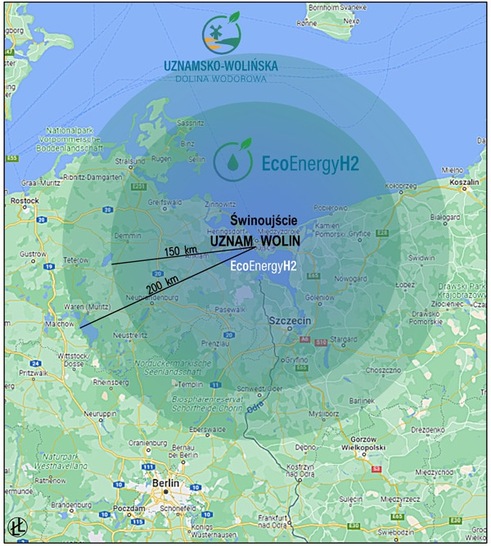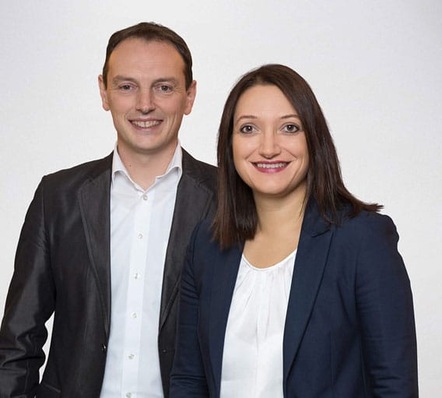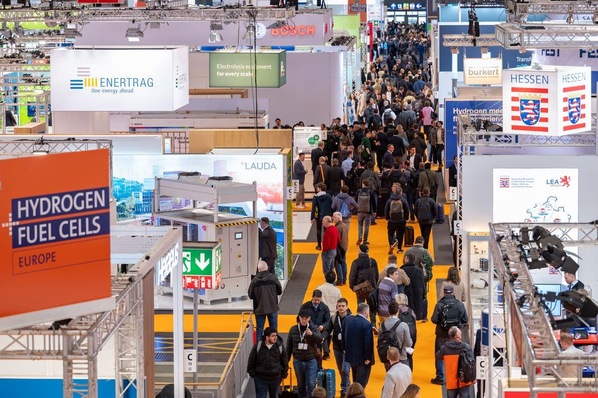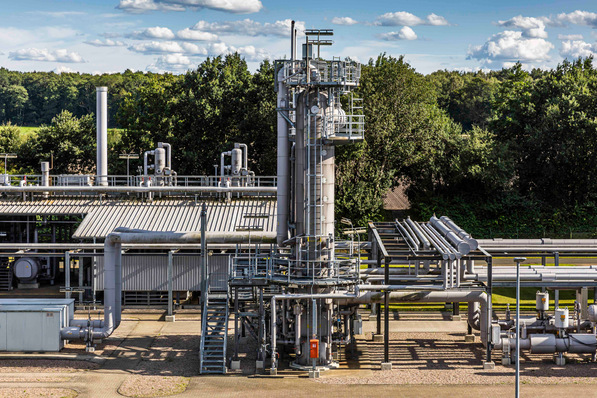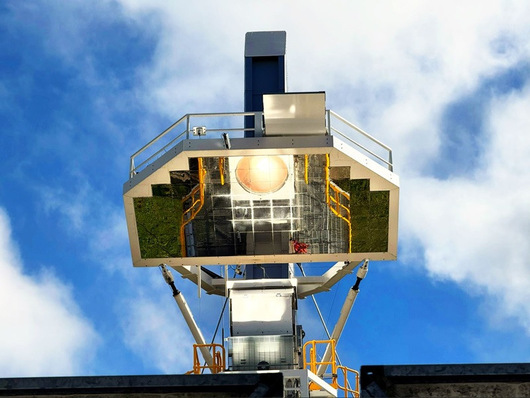The idea of hydrogen valleys – regions in which the development of hydrogen technology is specifically promoted – is not new in Poland. There are already a number of projects of this kind, which are not infrequently accompanied by economic development funding for former coal-mining regions. Now, the sixth hydrogen support region throughout northwestern Poland is to appear.
The decision for a hydrogen valley in Usedom and Wolin is, in comparison to the other valleys, a special case in Polish hydrogen policy. The area is relatively small, the maritime economy is the main focus and the gas pipeline, in contrast to the other support regions, plays a central role here.
The Usedom-Wolin hydrogen valley wants to take full advantage of the natural features and infrastructure of the region. The import and production of hydrogen is therefore aimed at supplying the ships on the islands of Usedom and Wolin with this raw material.
The MoU for founding the Usedom-Wolinski Hydrogen Valley (Polish name) was signed on June 3rd, 2022. “The memorandum of understanding is an expression of a common understanding of the necessity to take measures for achieving climate neutrality and for establishing a local low-carbon economy with sustainable development, where focus shall lie on the use of hydrogen as an energy carrier in zero-emission and low-emission land and maritime transport, including its storage and the construction of hydrogen-powered ships,” according to a publication about it from the city administration.
With political backing
The hydrogen support region specially created around the city of Świnoujście (German: Swinemünde) and its direct neighbors has had the full support of the respective municipal politicians right from the start. As Janusz Żmurkiewicz, mayor of the independent city of Świnoujście stated, “Our local government has a partnership role in this. From the beginning, we have supported the activities for the realization of the project. One of these was the signing of a memorandum of understanding. Because of its location, Świnoujście is predestined for the realization of this type of project. We have buildable land where this kind of activity could find its place. In the immediate vicinity of these sites is a liquefied natural gas terminal, which could be a hydrogen source, so we can expect – as soon as the project is realized –higher revenues and a larger city budget.”
As part of the financial safeguards for the support region, a cooperation agreement with Bank Gospodarstwa Krajowego (BGK) was signed. BGK is implementing on behalf of the Polish government the so-called 3W strategy: woda–wodór–węgiel (water–hydrogen–carbon). This entails the introduction of innovations in the management of water resources, the use of hydrogen as part of the clean energy transition and the development of modern carbon technologies for the development of innovative materials and technologies.
At the center of the economic implementation and utilization is the company EcoenergyH2, which intends to realize H2 production and storage, export and import of liquid hydrogen, and distribution of hydrogen at this site. The company wants to bundle the synergies of the maritime region for the purpose of a hydrogen economy. This mainly means the optimal combining of the capabilities of the conventional port, the shipyard industry and the LNG terminal infrastructure there.
For Piotr Kosowicz, owner of EcoenergyH2, the location has a special advantage over the other Polish hydrogen regions. Świnoujście lies right on the border with Germany, which according to Kosowicz, is the country where the hydrogen industry is developing fastest.
Pyrolysis instead of electrolysis
In the business model of EcoenergyH2, electrolysis will not have a part in the hydrogen production for the time being, since Kosowicz wants to first concentrate on pyrolysis of natural gas. For this, Usedom and Wolin offer good preconditions. Via the liquefied gas terminal on site, natural gas can be imported, but hydrogen can also be exported. Another possible scenario in the future is that hydrogen is transported into Poland through this terminal. The storage facilities sitting on the island of Wolin will likely serve as supply reservoirs for the hydrogen project. The transport of hydrogen is to be possible with tank trucks on road or rail and through gas lines. The connections of the transmission grid of the LNG terminal to the national transmission grid could be used to feed hydrogen directly into the natural gas grid. In addition, hydrogen refueling stations for trucks and ships will also be built.
On-site hydrogen fueling stations are to be provided for direct refueling of cars and trucks: “Our end user is an everyday user of energy systems. Therefore, it is important that in the implementation of this project, production of hydrogen from renewable energy sources at a marketable price is front and center,” stated Kosowicz.
The business plan of EcoEnergyH2 and thus the prospects of success for the entire Baltic Hydrogen Valley, however, depend to a large extent on the price and availability of natural gas. This raw material could be imported in this case, since the infrastructure of gas ports allows it. The production of a limited amount of gas on site, on the island of Usedom, should also not be completely ruled out. Up until August 2022, the Polish petroleum and natural gas company PGNiG still had not been given approval for fuel gas production at this site, yet the French company Engie applied for approval for production on the German side of the island. The local community, however, passed on this opportunity. According to the estimations of Engie, the gas field is located north of the beach of Heringsdorf at a depth of 2,600 meters, which means that part of the field could already be on the Polish side of the border. In an interview with the online hydrogen academy Wasserstoff-Akademie, Piotr Kosowicz ruled out gas production on the island of Usedom, however, as he feels that the reserves are too small.
Author: Aleksandra Fedorska
Image: Alumare shipyard – EcoEnergyH2 headquarters in the port of Świnoujście


